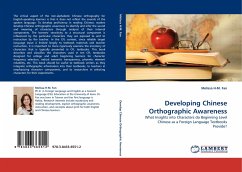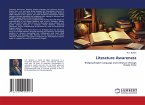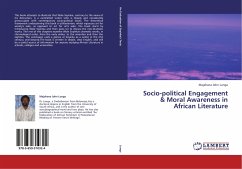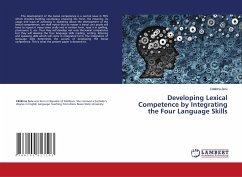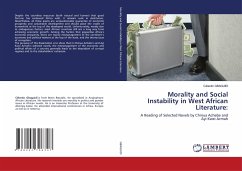The critical aspect of the non-alphabetic Chinese orthography for English-speaking learners is that it does not reflect the sounds of the spoken language. To develop proficiency in reading Chinese, readers develop Chinese orthographic awareness to identify and infer the sound and meaning of characters through analysis of their internal components. The learners' sensitivity to a structural component is influenced by the particular characters they are exposed to and to instruction by the teacher. In the CFL context, since reliable target language input is limited largely to textbook materials and teacher instruction, it is important to more rigorously examine the inventory of characters that is typically presented in CFL textbooks. This book describes and classifies the characters used in ten CFL textbooks designed for college and adult beginning learners for character frequency selection, radical semantic transparency, phonetic element reliability, etc. This book should be useful to textbook writers as they integrate orthographic information into their textbooks, to teachers in emphasizing character components, and to researchers in selecting characters for their experiments.
Bitte wählen Sie Ihr Anliegen aus.
Rechnungen
Retourenschein anfordern
Bestellstatus
Storno

